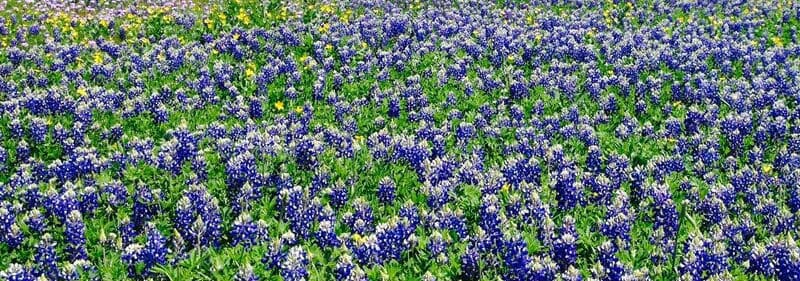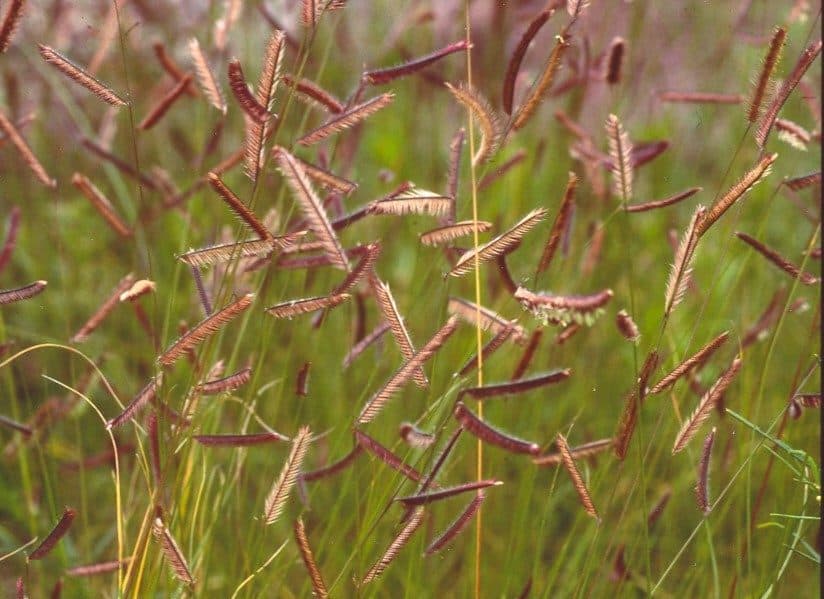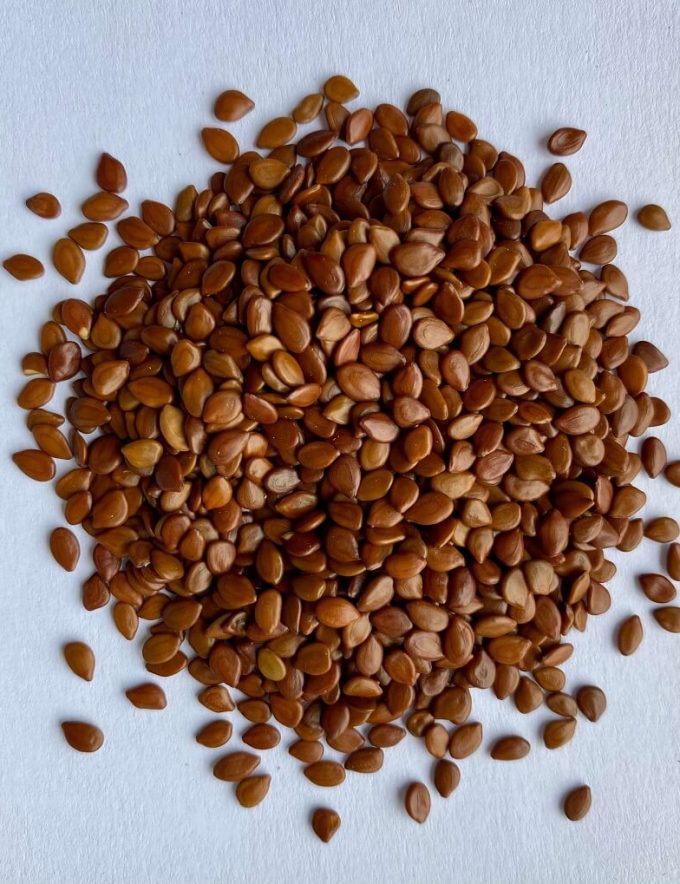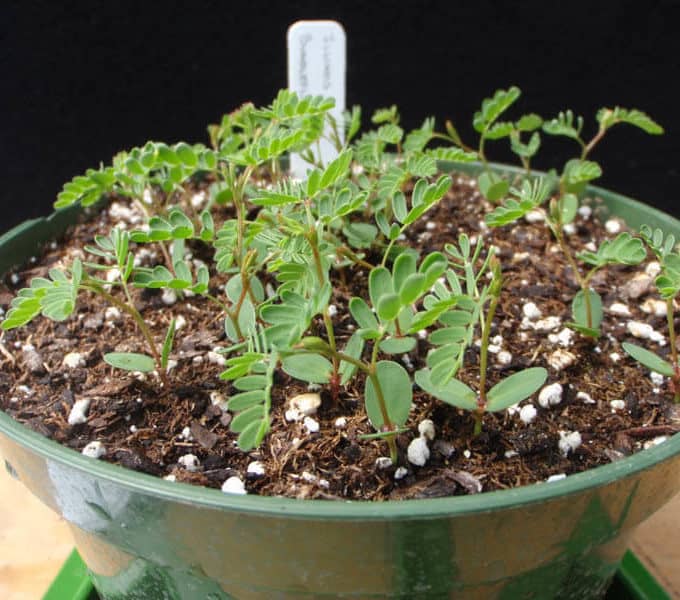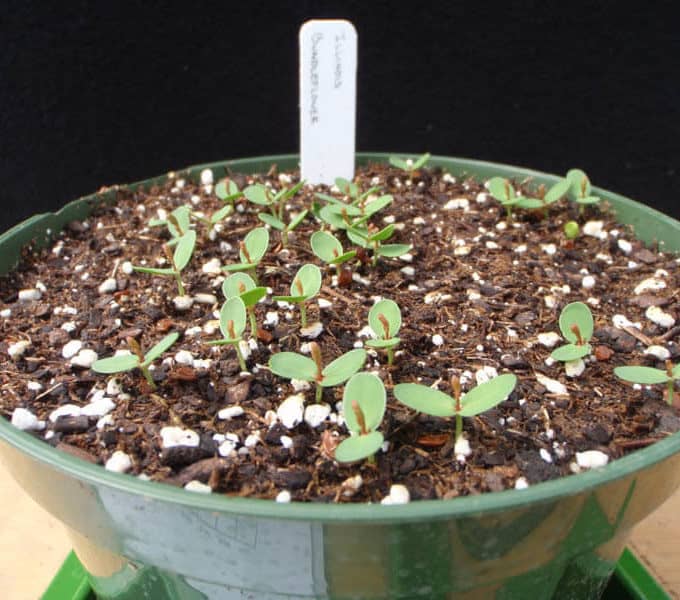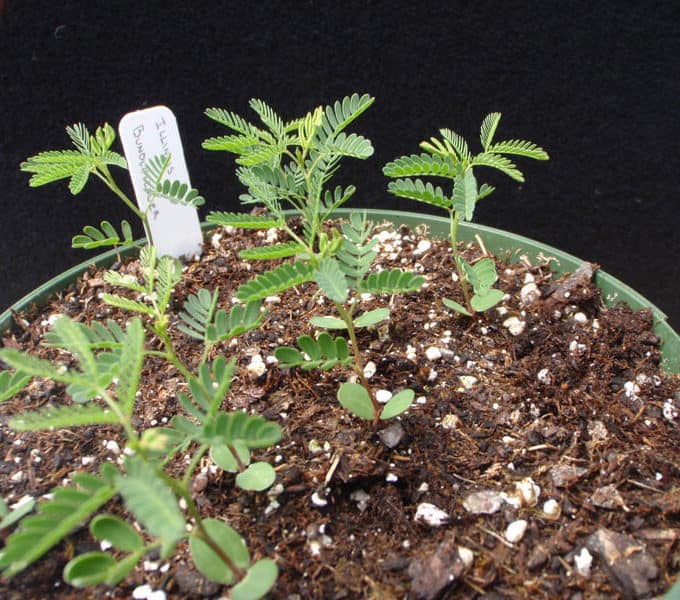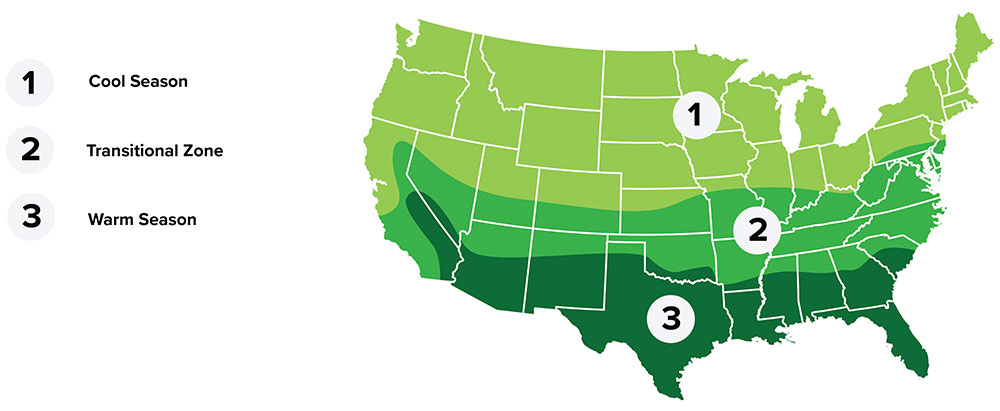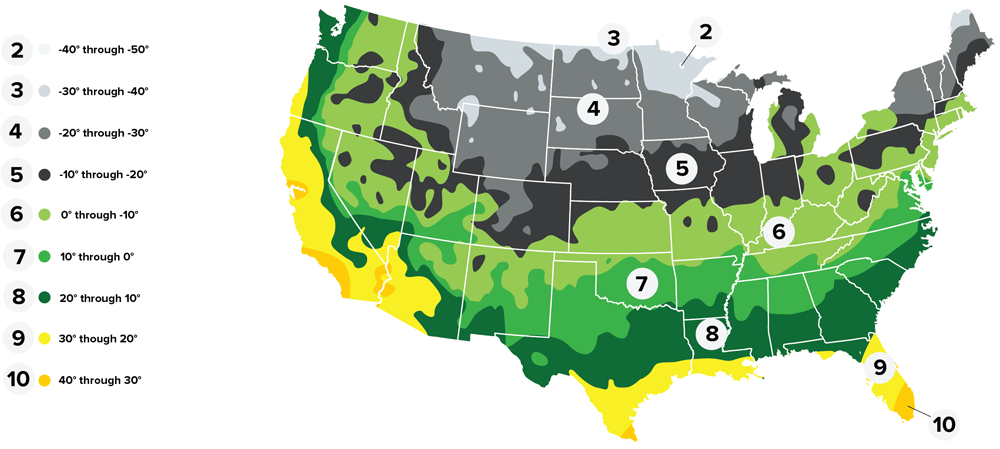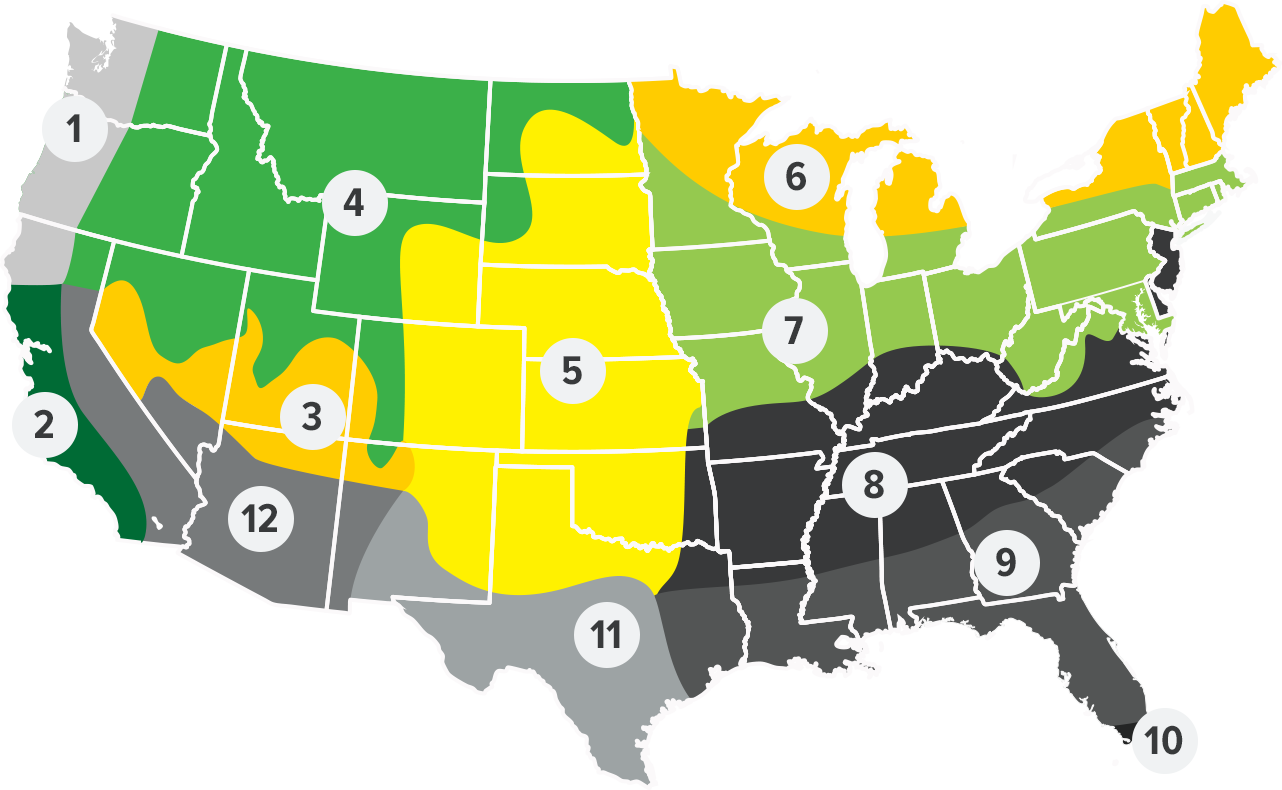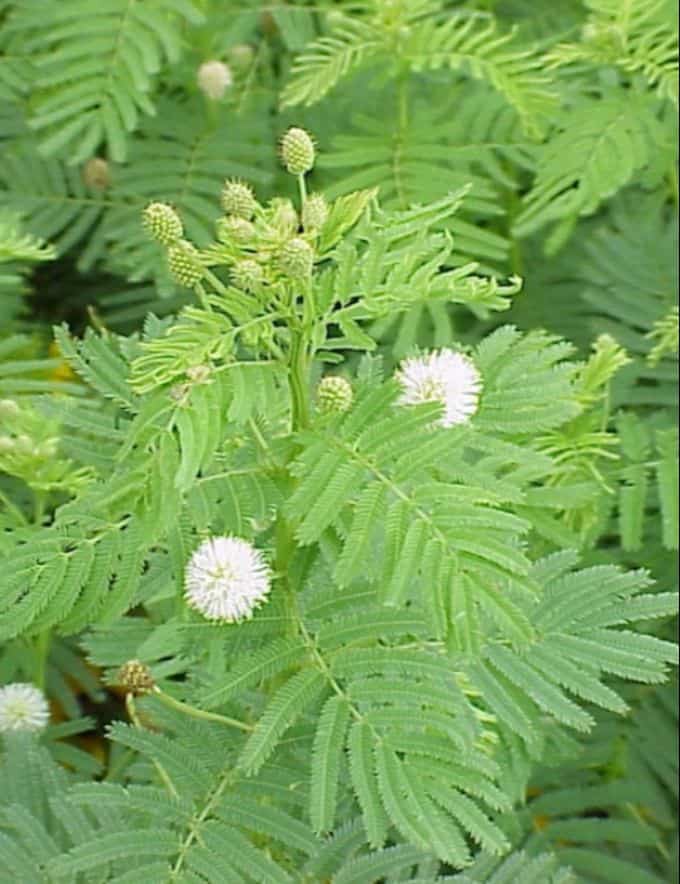
ILLINOIS BUNDLEFLOWER
Summary
Illinois Bundleflower, a native warm-season perennial leguminous forb, boasts a broad geographic range extending from Mexico into Canada, with a primary presence in the central and eastern regions of the United States. Thriving in a variety of habitats, from prairie remnants to woodland edges and disturbed areas, this versatile plant adds both beauty and ecological value to diverse landscapes.
Adapted to a wide range of soil types, Illinois Bundleflower demonstrates its resilience by flourishing on medium-textured soils while also tolerating a spectrum of soil conditions. With an annual rainfall requirement ranging from 16 to 32 inches, it showcases its adaptability to varying moisture levels, making it a reliable choice for gardens and restoration projects alike.
Illinois Bundleflower serves as a vital food source for wildlife, with its seeds eagerly consumed by upland game birds and its foliage prized by livestock and deer. Its palatability and nutritional value make it a valuable component of wildlife habitats, contributing to the health and diversity of ecosystems.
Beyond its ecological contributions, Illinois Bundleflower adds aesthetic appeal to the landscape with its distinctive fern-like appearance. The plant’s unique trait of leaf movement, closing and opening in response to sunlight and heat, adds an intriguing element to garden settings, captivating observers with its dynamic presence.
In summary, Illinois Bundleflower stands as a testament to the resilience and beauty of native flora, offering ecological benefits, wildlife value, and ornamental appeal. As a versatile and adaptable species, it continues to play a vital role in supporting biodiversity and enriching landscapes across its vast range.
Special considerations for spring planting: seed germination can be improved with mechanical scarification. Seed needs to be inoculated with Rhizobium for nitrogen fixation to occur. Germination of scarified seed generally occurs within 2 weeks after planting provided adequate soil moisture and temperature conditions are met.
Be sure to check out our wide selection of native wildflowers!
Learn more about wildflowers in our “Growing with Us” podcast!
Plant Characteristics
Taxonomy
Zone
- Regional Growing Zone
- 3 - Southern Mountain, 4 - Mountain, 5 - Midwest, 6 - Northeast Lakes, 7 - Great Lakes South, 8 - Appalacia, 9 - Southeast, 10 - South Florida, 11 - South Texas, 12 - Southwest
- USDA Plant Hardiness Zones
- 3, 4, 5, 6, 7, 8, 9
- Temperature Zone
- Warm, Cool, Transitional
Plant Characteristics
- Height
- 18" - 48"
- Bloom Period
- Late-Spring
- Bloom Color
- White
- Bloom Description
White globe shaped flowers.
- Leaf Color
- Green
- Leaf Description
Fern-like leaves.
- Growing Cycle
- Perennial
- Sun Requirement
- Full Sun
Plant Information
- Planting Season
- Fall - Spring
- Plant Depth
- 0.5"
- Minimum Soil Temp for Germination
- 65° F
- Establishment
- Easy
Seed Information
- Seeds Per Pound
- 85,000
- Kingdom
- Plantae
- Subkingdom
- Tracheobionta
- Super Division
- Spermatophyta
- Division
- Magnoliophyta
- Class
- Magnoliopsida
- Subclass
- Rosidae
- Order
- Fabales
- Family
- Fabaceae
- Genus
- Desmanthus
- Species
- Desmanthus illinoensis
Coverage Area & Available Sizes
Applications
Attractive in mass plantings as well as in species mixes.
Highly palatable and nutritious legume.
Notes
*Special considerations for spring planting: seed germination can be improved with mechanical scarification. Seed needs to be inoculated with Rhizobium for nitrogen fixation to occur. Germination of scarified seed generally occurs within 2 weeks after planting provided adequate soil moisture and temperature conditions are met.









